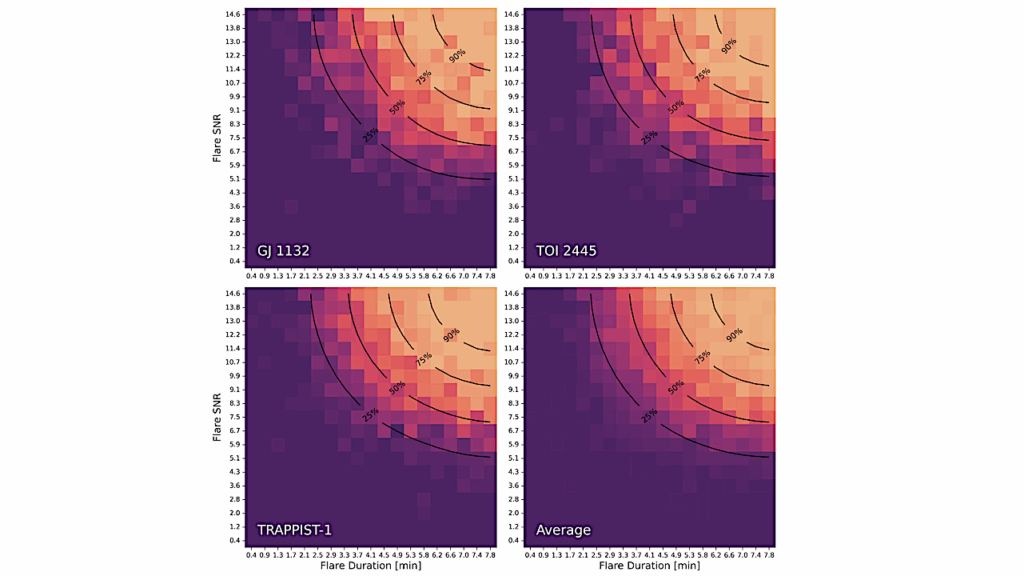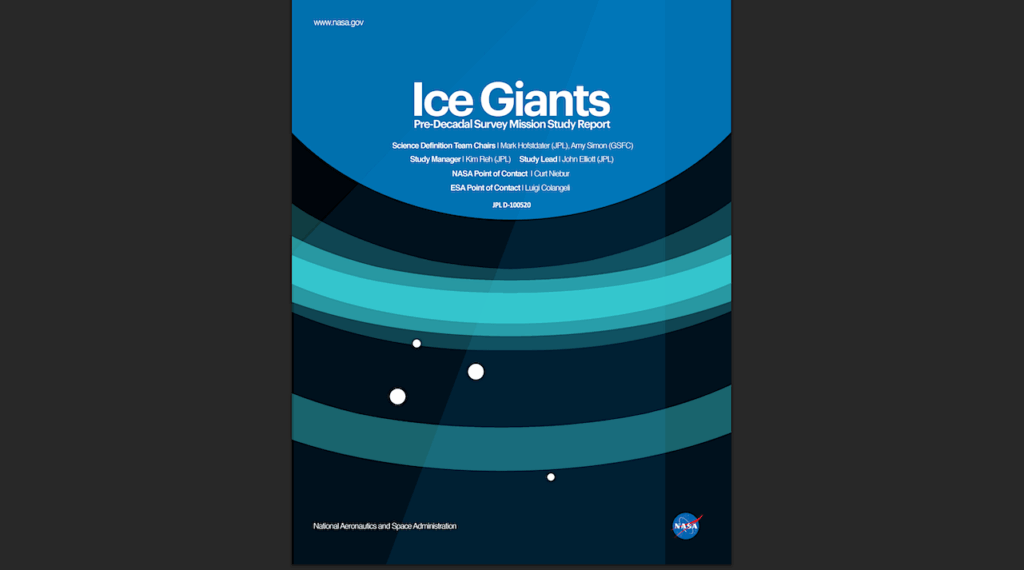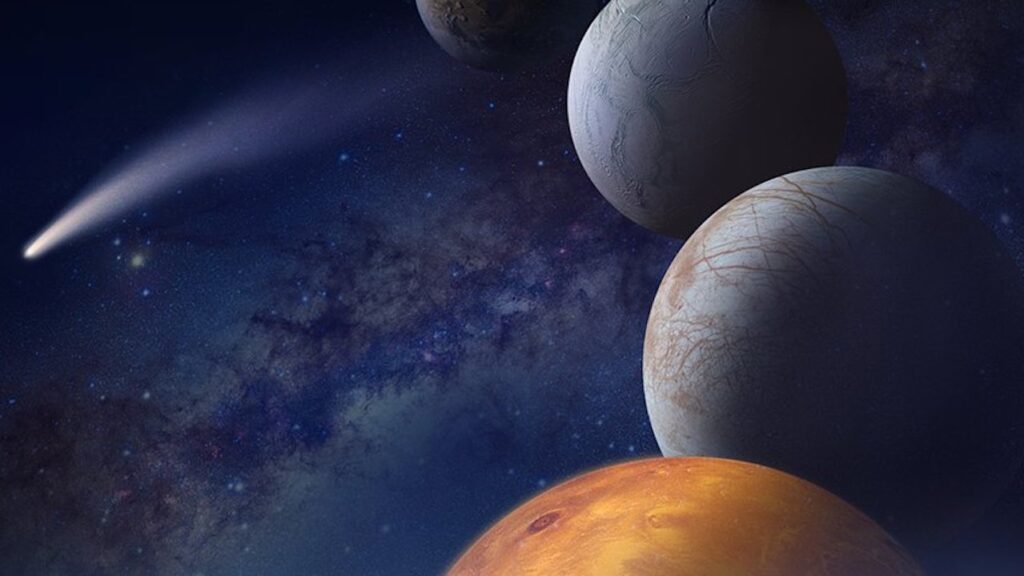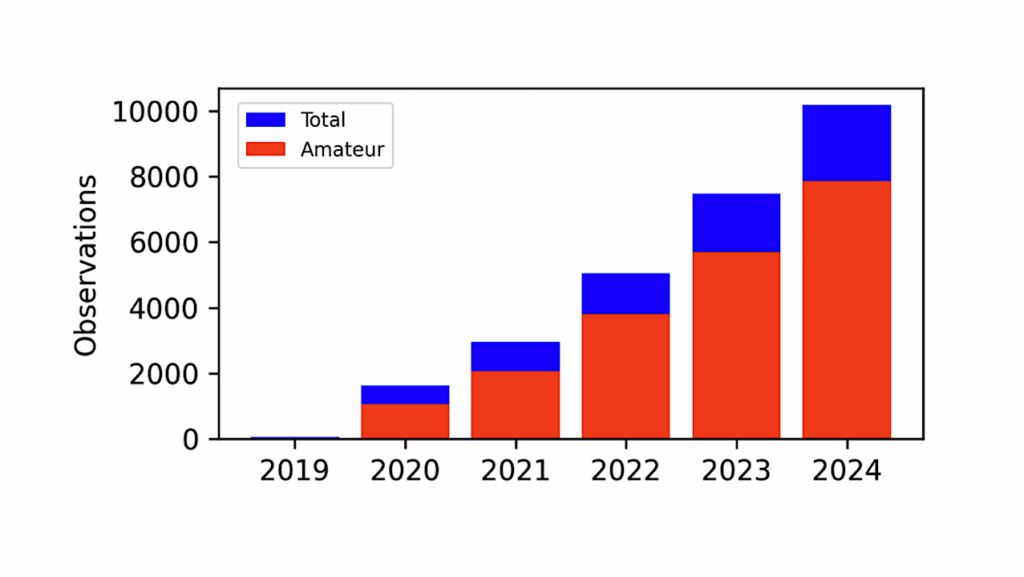Two Possible Planets In Tau Ceti's Habitable Zone

The removal of noise typically correlated in time and wavelength is one of the main challenges for using the radial velocity method to detect Earth analogues.
We analyze radial velocity data of tau Ceti and find robust evidence for wavelength dependent noise. We find this noise can be modeled by a combination of moving average models and “differential radial velocities”. We apply this noise model to various radial velocity data sets for tau Ceti, and find four periodic signals at 20.0, 49.3, 160 and 642 d which we interpret as planets.
We identify two new signals with orbital periods of 20.0 and 49.3 d while the other two previously suspected signals around 160 and 600 d are quantified to a higher precision. The 20.0 d candidate is independently detected in KECK data. All planets detected in this work have minimum masses less than 4M⊕ with the two long period ones located around the inner and outer edges of the habitable zone, respectively.
We find that the instrumental noise gives rise to a precision limit of the HARPS around 0.2 m/s. We also find correlation between the HARPS data and the central moments of the spectral line profile at around 0.5 m/s level, although these central moments may contain both noise and signals. The signals detected in this work have semi-amplitudes as low as 0.3 m/s, demonstrating the ability of the radial velocity technique to detect relatively weak signals.
Color difference makes a difference: four planet candidates around tau Ceti
Fabo Feng, Mikko Tuomi, Hugh R.A. Jones, John Barnes, Guillem Anglada-Escude, Steven S. Vogt, R. Paul Butler
(Submitted on 7 Aug 2017)
Comments: 28 pages, 19 figures. 5 tables, accepted for publication in AJ
Subjects: Earth and Planetary Astrophysics (astro-ph.EP); Instrumentation and Methods for Astrophysics (astro-ph.IM)
Cite as: arXiv:1708.02051 [astro-ph.EP] (or arXiv:1708.02051v1 [astro-ph.EP] for this version)
Submission history
From: Fabo Feng [view email]
[v1] Mon, 7 Aug 2017 09:42:53 GMT (2524kb,D)
https://arxiv.org/abs/1708.02051
Astrobiology








